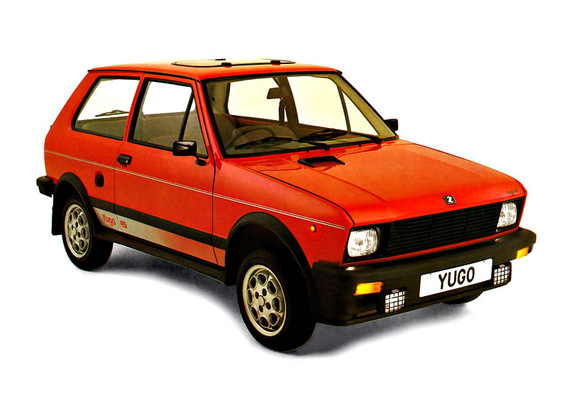What Exactly Are Rhinestones?
Rhinestones are usually made out of paste or plastic. They are mass produced by pouring material such as acrylic (a plastic) into a mold. Frequently, this results in both internal and external imperfections. The cost is low but so is the quality.
Higher-end rhinestones are often made of cut glass, mimicking the appearance of crystals but never the shine. Some even claim they are “Austrian crystals,” yet lack the lead oxide content to produce the brilliance of fine crystals. Regardless of the name on the package, glass is glass is glass.
Buyer Beware of Counterfeits
Overseas manufacturers (aka “Made in China”) are now producing counterfeit crystals and selling them in packs that imitate Swarovski’s distinct packaging. These stones are made of cheap glass, not lead crystal. They are sold to unscrupulous suppliers who will pass them off as genuine. Be very careful what you purchase and from whom.
What Are Swarovski Crystals?
In 1892, Daniel Swarovski invented a machine for making beautiful, precision-cut, lead glass crystals of the highest quality. They are produced at the Swarovski plant located in Wattens, Austria, where each crystal is subject to the most stringent quality controls. Both the exact recipe and production process remain a company secret that is part of the legacy which the founder passed on to his three sons.
 Over a generation ago, a second-rate little car made its way over to the United States. The Yugo sold for less than $4,000 at a time when similar-sized cars were roughly $5,500–$8,000. Deemed “the worst car in history,” it left over 140,000 customers shaking their heads and wondering, “What the heck did I buy?”
Over a generation ago, a second-rate little car made its way over to the United States. The Yugo sold for less than $4,000 at a time when similar-sized cars were roughly $5,500–$8,000. Deemed “the worst car in history,” it left over 140,000 customers shaking their heads and wondering, “What the heck did I buy?”